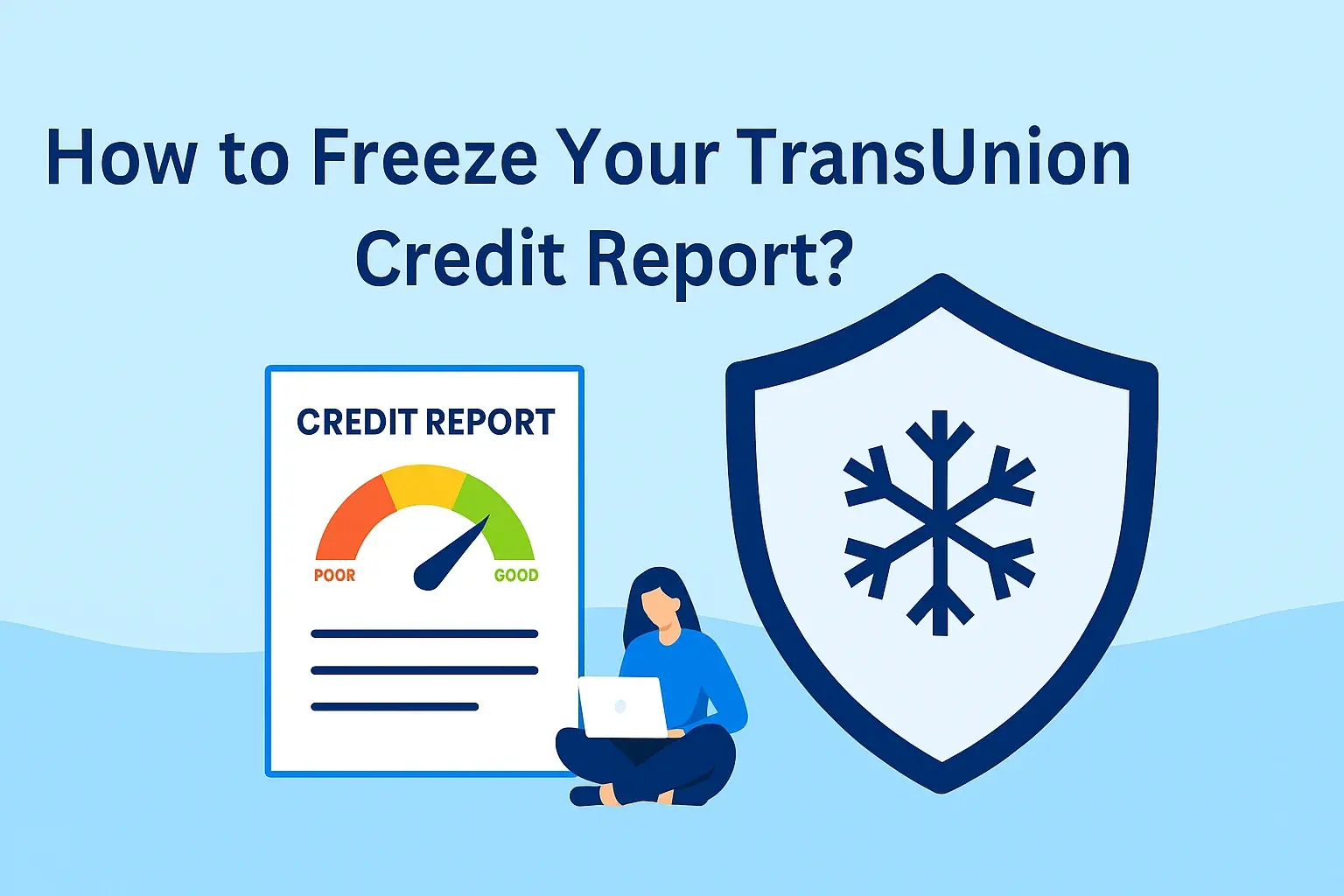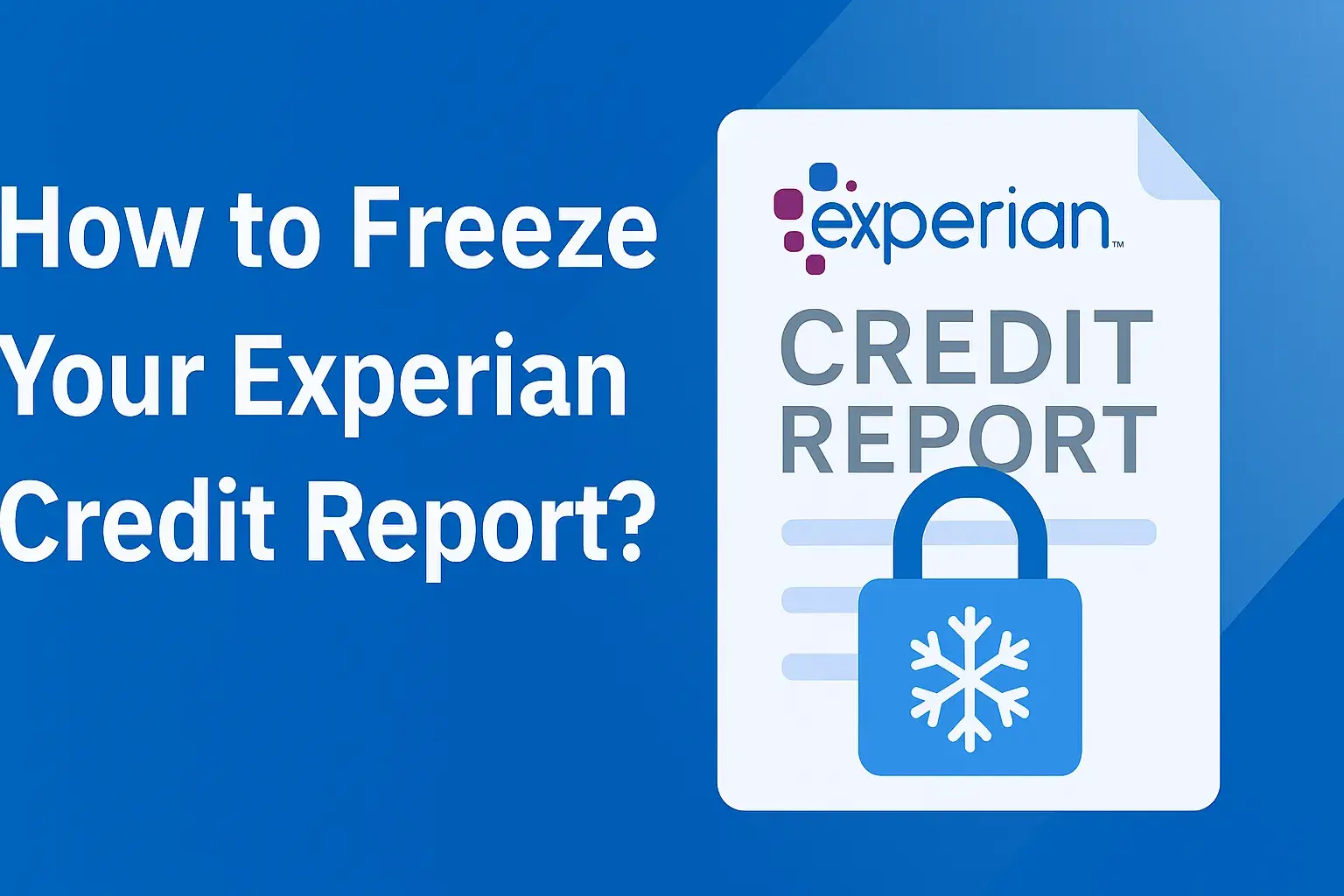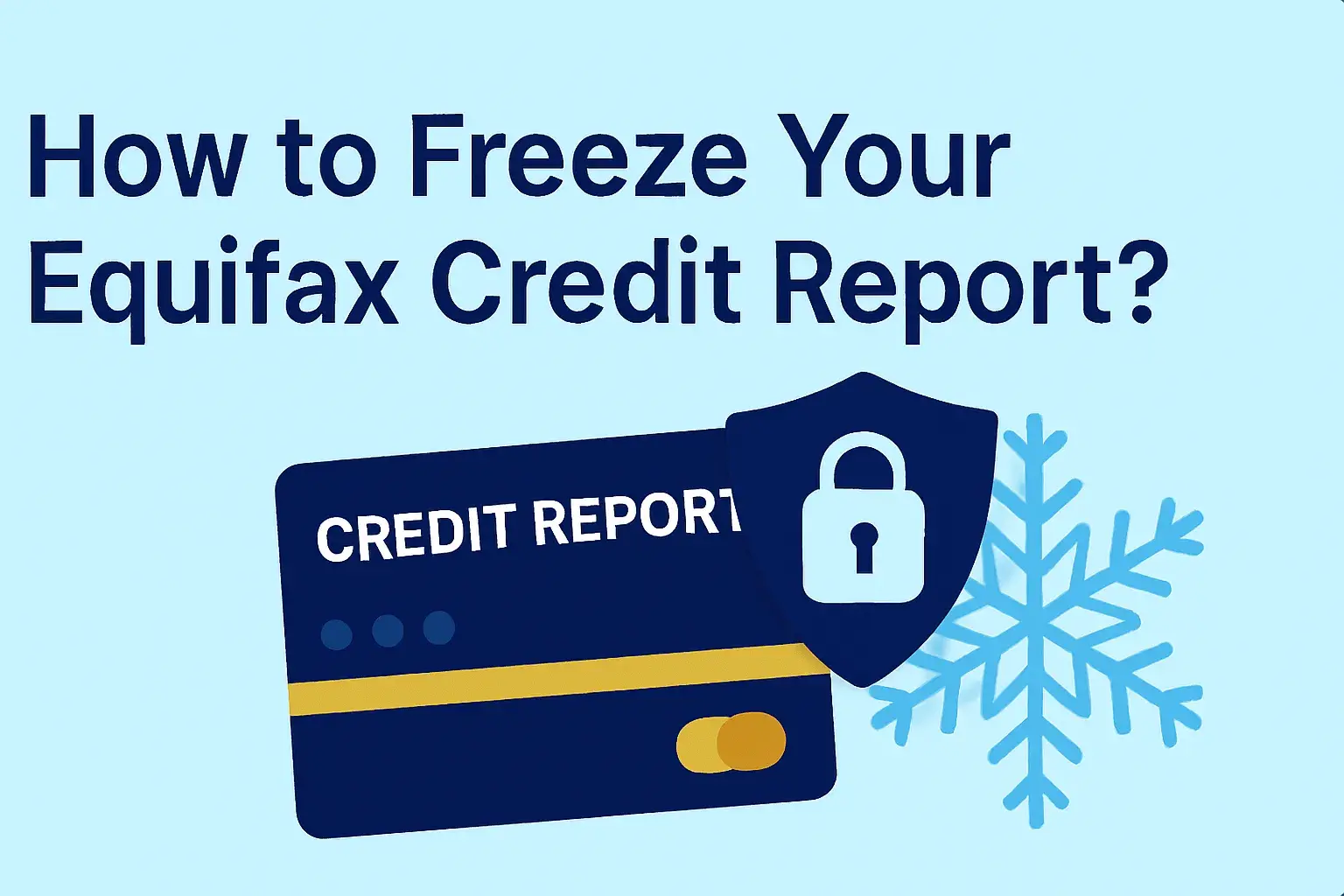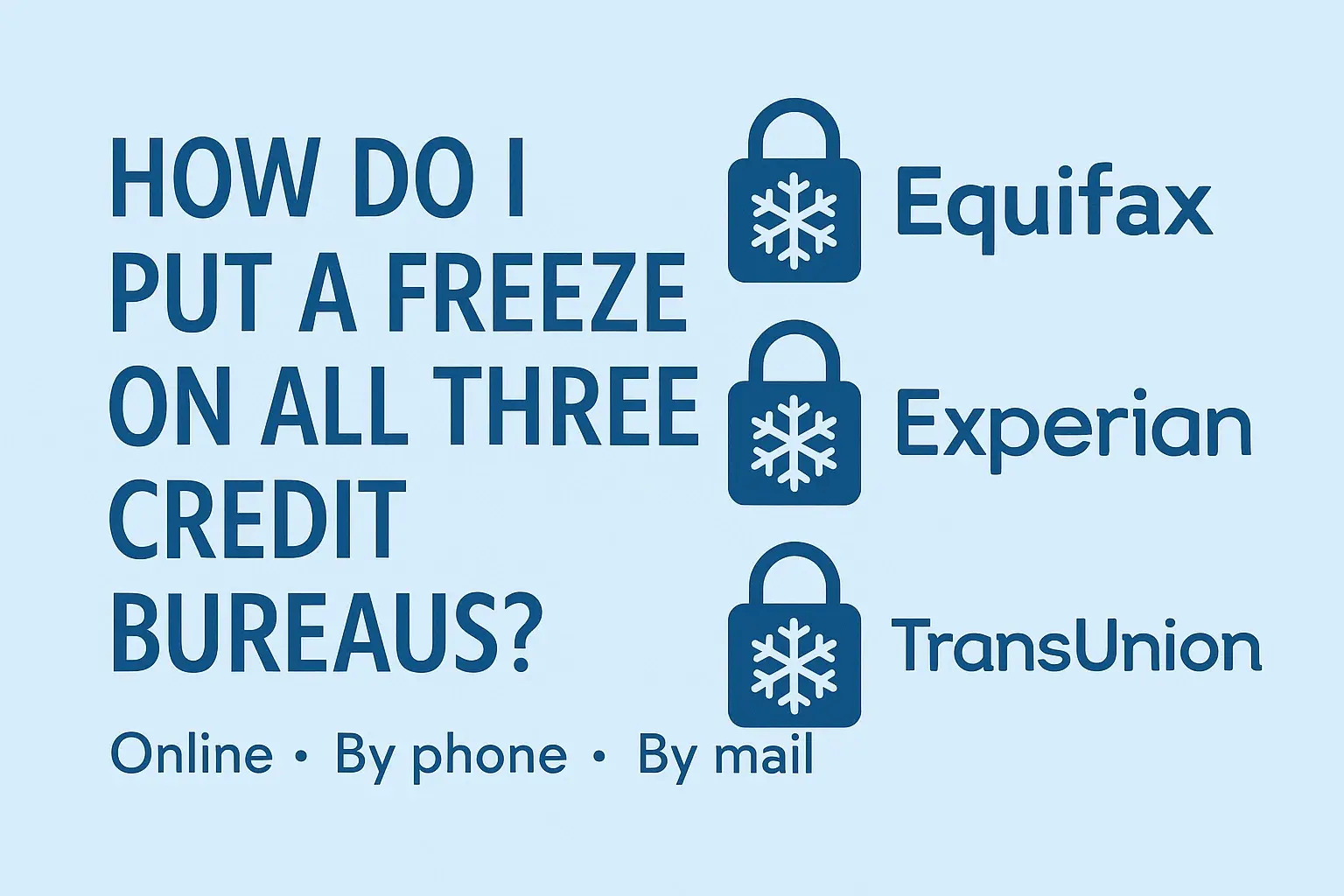-
Posted on: 13 Jul 2024
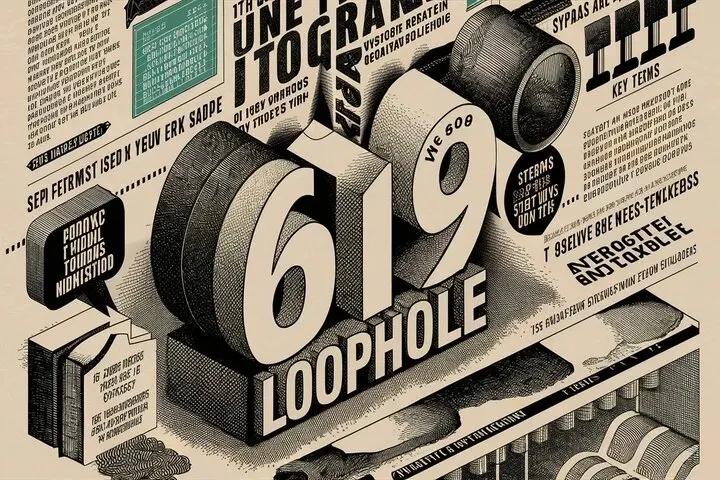
-
The term "609 loophole" is often thrown around in discussions about credit repair, but what does it actually mean? Is it a legitimate way to fix your credit score, or is it just a misleading promise? This article dives deep into the concept of the 609 loophole, explaining its origins, how it's supposed to work, and the potential risks involved. We'll also discuss responsible alternatives for improving your credit and maintaining a healthy financial profile.
Understanding Credit Reporting and the FCRA
To understand the supposed 609 loophole, it's crucial to first grasp the fundamentals of credit reporting. Credit bureaus like Experian, Equifax, and TransUnion collect information about your credit history and compile it into credit reports. These reports are used by lenders, landlords, employers, and others to assess your creditworthiness.
The Fair Credit Reporting Act (FCRA) is a federal law that governs how credit bureaus and creditors handle credit information. It grants consumers several important rights, including the right to:
- Access their credit reports.
- Dispute inaccurate or incomplete information on their credit reports.
- Have disputed information investigated and corrected or removed.
What is the Alleged "609 Loophole"?
The "609 loophole" refers to a misinterpreted and often oversimplified application of the FCRA, specifically section 609. This section outlines the information a credit bureau must provide to a consumer when responding to a dispute. Proponents of the "609 loophole" claim that by sending a specific type of dispute letter, you can compel credit bureaus to remove negative items from your credit report, regardless of their accuracy.
The core idea behind the "609 loophole" is that you demand "verification" of the debt from the credit bureau. The letters are often formatted using a specific legal jargon and request extensive documentation to prove the debt's validity. The belief is that if the credit bureau cannot provide this documentation within a certain timeframe (usually 30 days), they are obligated to remove the negative item from your report.
This is where the misinterpretation comes in. While the FCRA does require credit bureaus to investigate disputes, it does *not* mandate the removal of accurate information simply because the creditor or credit bureau cannot immediately provide exhaustive documentation. The FCRA only requires *reasonable* investigation.
The Myth of Instant Credit Repair
The "609 loophole" is often marketed as a quick and easy way to wipe your credit slate clean. This is simply not true. Credit repair is a process that requires time, effort, and a commitment to responsible financial habits. There are no shortcuts or magic bullets that can instantly erase legitimate negative information from your credit report.
How the "609 Loophole" Letters Typically Work
While the effectiveness of these letters is highly questionable, here's a general overview of how they are typically structured:
- Identify the Negative Item: The letter identifies the specific negative item on the credit report that the consumer wants to dispute.
- Reference FCRA Section 609: The letter often explicitly cites Section 609 of the FCRA as the basis for the request.
- Demand Verification: The letter demands "verification" of the debt, often requesting extensive documentation, such as:
- The original signed contract.
- Proof of the debt's ownership.
- A complete accounting of the debt.
- All records related to the debt.
- Threat of Legal Action: Some letters may contain implied or explicit threats of legal action if the credit bureau fails to comply with the demands.
- Specific Timeframe: The letter typically gives the credit bureau a strict deadline (usually 30 days) to respond with the requested documentation.
Why the "609 Loophole" is Misleading and Often Ineffective
The "609 loophole" is largely based on a misunderstanding of the FCRA and the responsibilities of credit bureaus. Here's why it often fails:
- Credit Bureaus Are Not Required to Provide Original Documentation: The FCRA requires a *reasonable* investigation, not the provision of every piece of documentation ever related to the debt. Creditors often hold this documentation, not the credit bureaus.
- Creditors Can Re-verify Information: Even if a negative item is temporarily removed due to a lack of immediate verification, the creditor can re-verify the information later, and it will be re-added to your credit report.
- Frivolous Disputes Can Be Ignored: Credit bureaus can mark disputes as "frivolous" if they believe they are without merit, especially if the same information is disputed repeatedly without new evidence.
- Focusing on Legitimate Inaccuracies is More Effective: Your time and effort are better spent focusing on disputing genuinely inaccurate or incomplete information on your credit report.
- The Process Can Backfire: Constantly sending aggressive or misleading "609 loophole" letters can damage your credibility with credit bureaus, making it harder to resolve legitimate errors in the future.
The Risks of Using "609 Loophole" Strategies
While the "609 loophole" might seem tempting, it's important to be aware of the potential risks:
- Wasting Time and Money: You could spend significant time and money crafting and sending "609 loophole" letters with little to no results.
- Dealing with Unreputable Companies: Many companies promoting the "609 loophole" are scams that charge exorbitant fees for ineffective services.
- Damaging Your Relationship with Credit Bureaus: As mentioned earlier, aggressive and misleading disputes can harm your credibility.
- Delaying Genuine Credit Repair: Focusing on the "609 loophole" can distract you from more effective and legitimate credit repair strategies.
- Potential Legal Issues: While unlikely, excessive or fraudulent disputing could potentially lead to legal repercussions.
Legitimate Ways to Repair Your Credit
Instead of relying on the "609 loophole," focus on these proven strategies for improving your credit score:
- Check Your Credit Reports Regularly: Obtain free copies of your credit reports from AnnualCreditReport.com. Review them carefully for any errors, inaccuracies, or signs of identity theft.
- Dispute Inaccurate Information: If you find any errors on your credit reports, dispute them directly with the credit bureaus. Provide clear and concise explanations and supporting documentation.
- Pay Your Bills on Time: Payment history is the most important factor in your credit score. Make all your payments on time, every time.
- Reduce Your Credit Card Balances: High credit card balances can negatively impact your credit score. Try to keep your balances below 30% of your credit limit.
- Avoid Opening Too Many New Accounts: Opening multiple new credit accounts in a short period of time can lower your credit score.
- Become an Authorized User: If you have a friend or family member with a good credit history, ask if you can become an authorized user on their credit card. Their positive credit behavior can help improve your credit score.
- Consider a Secured Credit Card: If you have poor credit or no credit history, a secured credit card can be a good way to build credit. You'll need to make a security deposit, which typically serves as your credit limit.
- Seek Professional Help (Carefully): If you're overwhelmed or unsure where to start, consider working with a reputable credit counseling agency. Be very wary of companies promising quick fixes or guaranteed results; these are often scams. Look for agencies accredited by the National Foundation for Credit Counseling (NFCC).
Debt Validation vs. the "609 Loophole"
Debt validation is a legitimate process that is often confused with the "609 loophole." While both involve requesting information about a debt, they differ significantly in their approach and purpose.
Debt validation is a formal request sent to a debt collector (not a credit bureau) demanding proof that they have the legal right to collect the debt. This is particularly useful for older debts or debts that have been sold to multiple collection agencies. The debt collector must provide documentation, such as the original contract, to prove the debt is valid and that they are authorized to collect it.
If the debt collector fails to provide sufficient documentation, they are legally prohibited from continuing to collect the debt. However, this does not automatically remove the debt from your credit report. You still need to dispute the debt with the credit bureaus.
Key Differences:
- Target: Debt validation targets debt collectors; the "609 loophole" targets credit bureaus.
- Purpose: Debt validation verifies the legitimacy and collectability of the debt; the "609 loophole" aims to remove negative items regardless of accuracy.
- Legality: Debt validation is a legally protected right; the "609 loophole" is based on a misinterpretation of the FCRA.
Conclusion
The "609 loophole" is a misleading and often ineffective approach to credit repair. It's crucial to understand your rights under the FCRA and to focus on legitimate strategies for improving your credit score. By disputing inaccurate information, paying your bills on time, and managing your credit wisely, you can build a positive credit history and achieve your financial goals. Remember that there are no quick fixes or shortcuts when it comes to credit repair; it's a process that requires patience, discipline, and a commitment to responsible financial behavior. Avoid falling prey to companies promising unrealistic results or using deceptive tactics. Instead, empower yourself with knowledge and take control of your financial future through proven and ethical methods.

